
Sweet Itch: Itching for a Cure
There’s nothing appealing about this seasonal skin condition. Here’s what experts know about managing, treating, and preventing sweet itch in horses.

There’s nothing appealing about this seasonal skin condition. Here’s what experts know about managing, treating, and preventing sweet itch in horses.
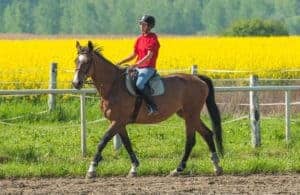
These simple steps can go a long way toward keeping your horse sound. Read more in this article from The Horse‘s Fall 2023 issue.

Going barefoot can benefit hoof health, but consider management and physical needs before pulling shoes.
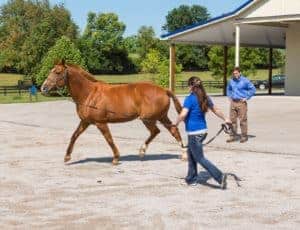
Detecting and managing osteoarthritis in its early stages can go a long way toward keeping your horse sound, comfortable, and happy in his job for years to come.
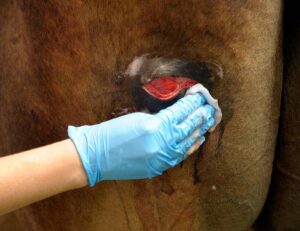
Veterinarians weigh in on the do’s and don’ts of wound care, from discovery to recovery.

Veterinarians share their advice for preventing lower-limb problems and rehabilitating injured horses, from therapies to back-to-work schedules.

Electrolytes play an important role in hydration and cellular function in horses. Learn more about electrolytes, when you might need to supplement them, and what research has shown about how they affect performance horses.

Over the past few decades veterinarians and researchers have investigated major EHV-1 outbreaks in the U.S. to learn more about how to contain and prevent future occurrences.
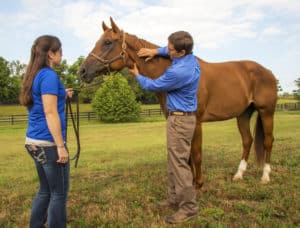
From reinforcing behaviors to reading facial expressions, adopting welfare-friendly handling practices can improve equine well-being and human safety.

Learn to read the vast and varied signs of equine gastric ulcer syndrome.

A good lesson horse is a valuable member of any riding program. Our sources share tips on keeping these trusty steeds happy and healthy.

Researchers found that hoof balance changes rapidly during the first few weeks of a foal’s life.
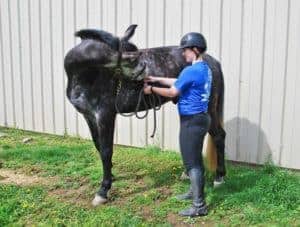
In the first of this two-part series, we’ll explore full-body rehabilitation options, from the horse’s head to tail.

A brief period of fasting prior to omeprazole administration could help maximize drug absorption and, thus, efficacy.

Veterinarians weigh in on the do’s and don’ts of wound care, from discovery to recovery.

Most equestrians would be horrified to know they’re hurting their horses. But with the equipment we use—from spurs to nosebands—we might be unintentionally causing them harm.
Stay on top of the most recent Horse Health news with
© 2022 Copyright Statement dolor sit amet, consetetur sadipscing User Terms, sed diam nonumy eirmod tempor invidunt ut labore et dolore magna aliquyam erat, sed diam voluptua. At vero eos et accusam et justo duo dolores et ea rebum. Stet clita kasd gubergren, no sea takimata sanctus est Lorem ipsum dolor sit amet.